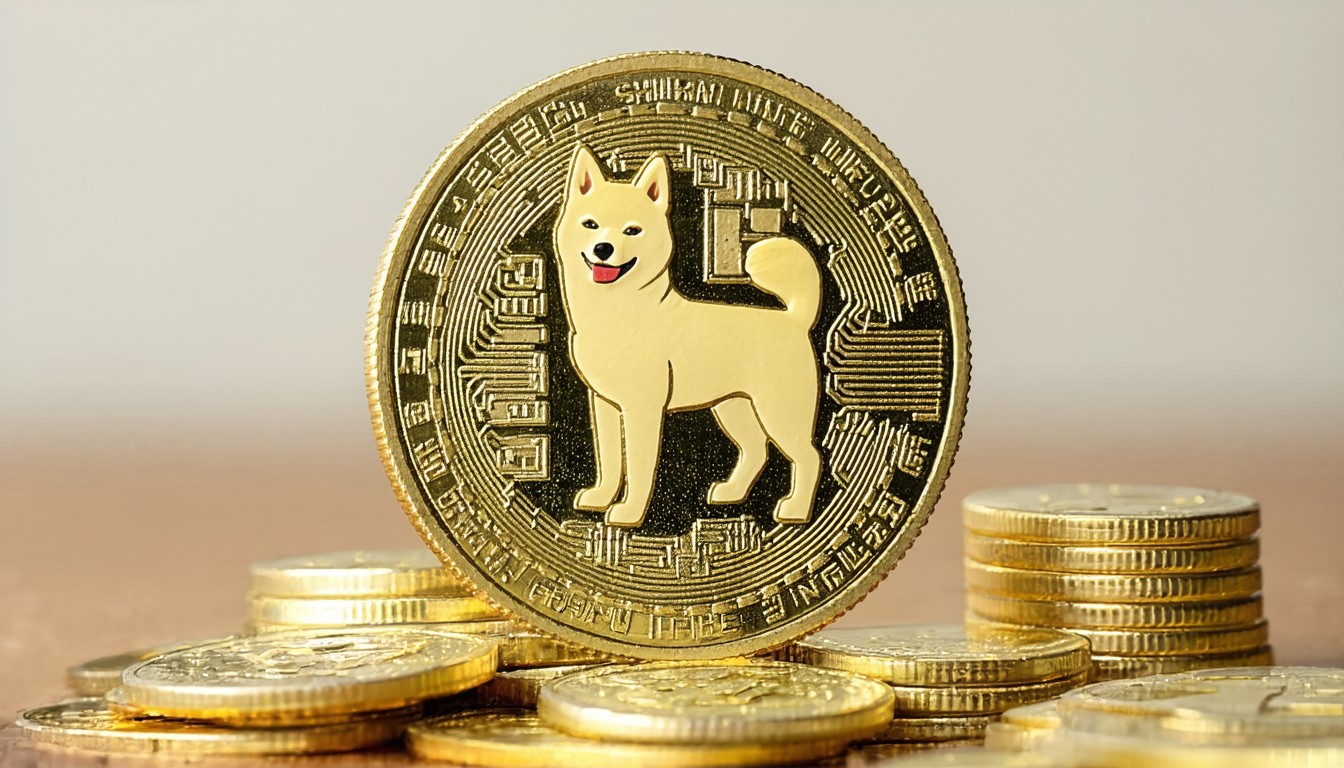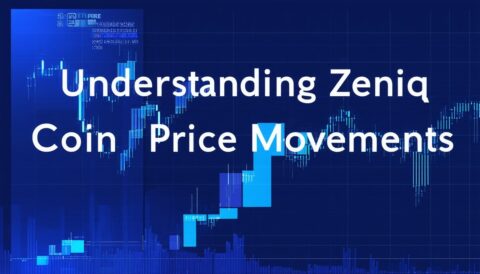The rise of Shiba Inu Coin (SHIB) exemplifies the volatile, community-driven energy defining today’s cryptocurrency landscape. In India, SHIB’s popularity has surged, with a growing segment of traders and enthusiasts tracking its value in INR (Indian Rupee). As meme coins evolve from digital jokes to serious altcoin contenders, understanding SHIB’s price trends, live charts, value drivers, and market updates in the Indian context is crucial for both new investors and seasoned crypto observers.
The Emergence of Shiba Inu Coin in the Indian Market
Shiba Inu Coin launched in 2020, riding the meme coin wave started by Dogecoin. Unlike Bitcoin or Ethereum, SHIB set itself apart through its playful “Dogecoin killer” narrative and highly engaged online community. The Indian crypto market, one of the fastest-growing globally, showed particular enthusiasm for SHIB. The ease of access via domestic exchanges and the modest entry price made it appealing to retail investors.
In India, the combination of social media virality and accessible trading platforms like WazirX, CoinDCX, and ZebPay quickly made SHIB a trending digital asset. During bull runs, social trends in India often amplify price movements, with meme coins sometimes experiencing surges of double-digit daily growth.
“Shiba Inu’s popularity in India encapsulates the global influence social communities have on asset prices, especially in markets where retail participation is rapidly increasing,” notes Prasanth Sugathan, a technology policy expert.
Understanding SHIB/INR: Price Movements and Contributing Factors
Shiba Inu Coin’s price in INR is shaped by a host of factors, from global sentiment on cryptocurrencies to local regulatory developments.
Exchange Rates and Market Volatility
The SHIB to INR valuation isn’t just a translation from USD to rupees. Indian market premiums, liquidity differences on local exchanges, and fluctuations in the rupee-dollar rate all play a role. Notably, prices can vary by noticeable margins between international and Indian exchanges due to supply-demand imbalances and occasional exchange-level restrictions.
For instance, when the global crypto market rallies, SHIB’s price in INR may rise even faster than its USD counterpart if Indian investors rush in. Alternatively, abrupt changes in Indian regulations—such as taxation policy updates—can create short-lived volatility.
Key Drivers of Value
Several elements influence SHIB’s price:
- Community activity: SHIB’s dedicated user base frequently orchestrates campaigns, trending hashtags, and “ShibArmy” movements, often impacting demand.
- Ecosystem development: Projects like ShibaSwap (a decentralized exchange), NFT launches, and the proposed “Shibarium” blockchain can invigorate interest.
- Token burning: Periodic burns (removing tokens from circulation) put upward pressure on price by reducing supply.
- Macro market trends: Bitcoin’s and Ethereum’s price trajectories often set the tone for meme coins like SHIB.
Live Price and Chart Analysis: SHIB in INR
Real-Time Price Tracking
Most major Indian exchanges feature real-time SHIB/INR price feeds, offering minute-to-minute updates. Platforms such as CoinMarketCap and CoinGecko aggregate data, presenting high/low values, trading volume, and percentage change—all pivotal for understanding short-term sentiment.
How to Read a SHIB/INR Chart
SHIB’s price, like many altcoins, is defined by high volatility and sharp rallies or drops. For traders analyzing SHIB/INR charts, several technical indicators can be useful:
- Moving averages highlight ongoing price trends and can help spot support and resistance levels.
- Relative Strength Index (RSI) signals whether SHIB is potentially overbought or oversold.
- Volume metrics gauge the strength of price movements; high volume on moves suggests conviction.
Scenario: In early 2023, as SHIB gained momentum globally, Indian exchanges reported spikes in daily trading volume. Chart watchers noted “golden cross” patterns—where short-term moving averages rose above longer-term averages—fueling speculative trades.
Comparison with Other Meme Coins in INR
SHIB often moves in tandem with Dogecoin (DOGE) but retains its own identity. In recent cycles, Indian retail traders have shown a tendency to rotate funds between DOGE, SHIB, and newcomers like Floki Inu, seeking rapid price appreciation. However, transaction fees, exchange uptime, and local liquidity sometimes lead to subtle differences in price behaviors among these meme coins.
Market Updates: Regulation, Taxation, and Indian Investor Sentiment
Regulatory Landscape
Crypto regulation in India remains a live-wire subject. The government has notably imposed a flat 30% tax on crypto gains and a 1% TDS (Tax Deducted at Source) on transactions. These measures have changed trading strategies, with some short-term traders exiting the market, while others focus on HODLing for longer-term gains.
Indian exchanges have adapted, offering robust compliance and increased transparency. However, sudden regulatory shifts, such as temporary restrictions on bank withdrawal services, have historically sparked brief but intense price fluctuations.
Market Trends and Institutional Interest
While meme coins remain dominated by retail traders, there is a quiet but palpable increase in interest from organized crypto funds and fintech startups in India. They’re monitoring community-driven coins for signals about broader investor sentiment.
Industry data suggests that despite regulatory hurdles, overall participation in meme coin markets like SHIB/INR has grown, paralleling trends in countries like the US and Japan. Social media, especially Twitter and Telegram, play outsized roles in driving spikes of Indian SHIB activity.
Risk Factors and Considerations
While SHIB offers opportunities for trading returns, it is significantly more volatile than mid-cap cryptocurrencies or established coins. Investors should be aware of liquidity risks and refrain from allocating a disproportionate segment of their portfolio to meme assets.

What’s Next for Shiba Inu Coin in India?
Looking ahead, SHIB’s presence in India will likely hinge on three factors: regulatory clarity, continued ecosystem innovation, and sustained community enthusiasm. The rollout of the Shibarium blockchain, successful NFT launches, and integration with Indian payment gateways could further entrench SHIB’s popularity.
At the same time, the Indian government’s stance on digital assets will set the tone. Clearer taxation rules, improved exchange infrastructure, and perhaps an eventual crypto regulatory framework could permit SHIB and other meme coins to mature as speculative, but legitimate, trading options within the Indian retail investor landscape.
“In dynamic regions like India, the fortunes of coins like SHIB are closely tied to both technology trends and the evolving attitudes of the country’s young investor base,” says Rohan Kohli of BitCipher Labs.
Conclusion
Shiba Inu Coin has rapidly become a fixture of the Indian crypto market, propelled by social media momentum, ease of trading in INR, and a distinctive meme-driven brand. For investors and enthusiasts, staying abreast of real-time SHIB/INR price data, technical trends, and regulatory updates is essential. While the high volatility of SHIB offers both risk and opportunity, measured research and awareness of local dynamics remain key to navigating this fast-moving asset.
FAQs
What is Shiba Inu Coin (SHIB)?
Shiba Inu Coin is a cryptocurrency that started as a meme token but has developed a dedicated global community and ecosystem projects, such as ShibaSwap and NFT collections.
How can I track the live price of SHIB in INR?
You can monitor live SHIB/INR prices on major Indian crypto exchanges like WazirX and CoinDCX, as well as on global aggregator sites like CoinMarketCap.
Is investing in SHIB legal in India?
Cryptocurrency trading, including SHIB, is legal in India, but it is regulated and subject to specific taxation rules introduced by the government.
What factors impact SHIB prices in INR?
Key influences include global crypto market movements, Indian rupee exchange rates, local demand/supply dynamics, regulations, and active token developments like burning and ecosystem upgrades.
Are there risks involved in buying SHIB in India?
Yes, SHIB is highly volatile. Indian investors should be aware of regulatory uncertainty, sudden price swings, and the inherent risks of speculative assets.
Will SHIB remain popular in India?
As long as community enthusiasm, social media influence, and ecosystem innovation remain robust, SHIB is likely to maintain significant interest among Indian crypto traders. Regulatory clarity may shape its future appeal.



